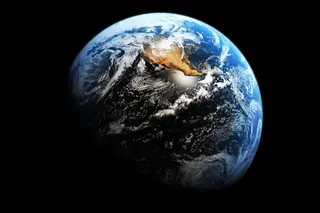This composite image is made of several exposures shot in Arizona of the Perseids meteor shower. On Friday, a rocket launched from Japan carrying satellites that will put on the world's first artificial meteor shower. (Credit: Jeremy Perez)
A rocket blasted off from Japan on Friday, Jan. 18, carrying satellites that will deliver the first-ever artificial meteor shower. The Tokyo-based start-up ALE Co. Ltd has developed a new micro-satellite that will put on quite a show over Hiroshima early next year. Each satellite carries tiny balls with a secret chemical makeup. Once rocketed away from Earth, the satellite will release these balls, which will glow as they whiz through the atmosphere, simulating the appearance of a meteor shower. These balls are designed to glow bright enough to be seen even over light-polluted cities, according to reporting by science news site phys.org. Each glow-ball, or “star,” is expected to shine for ...














